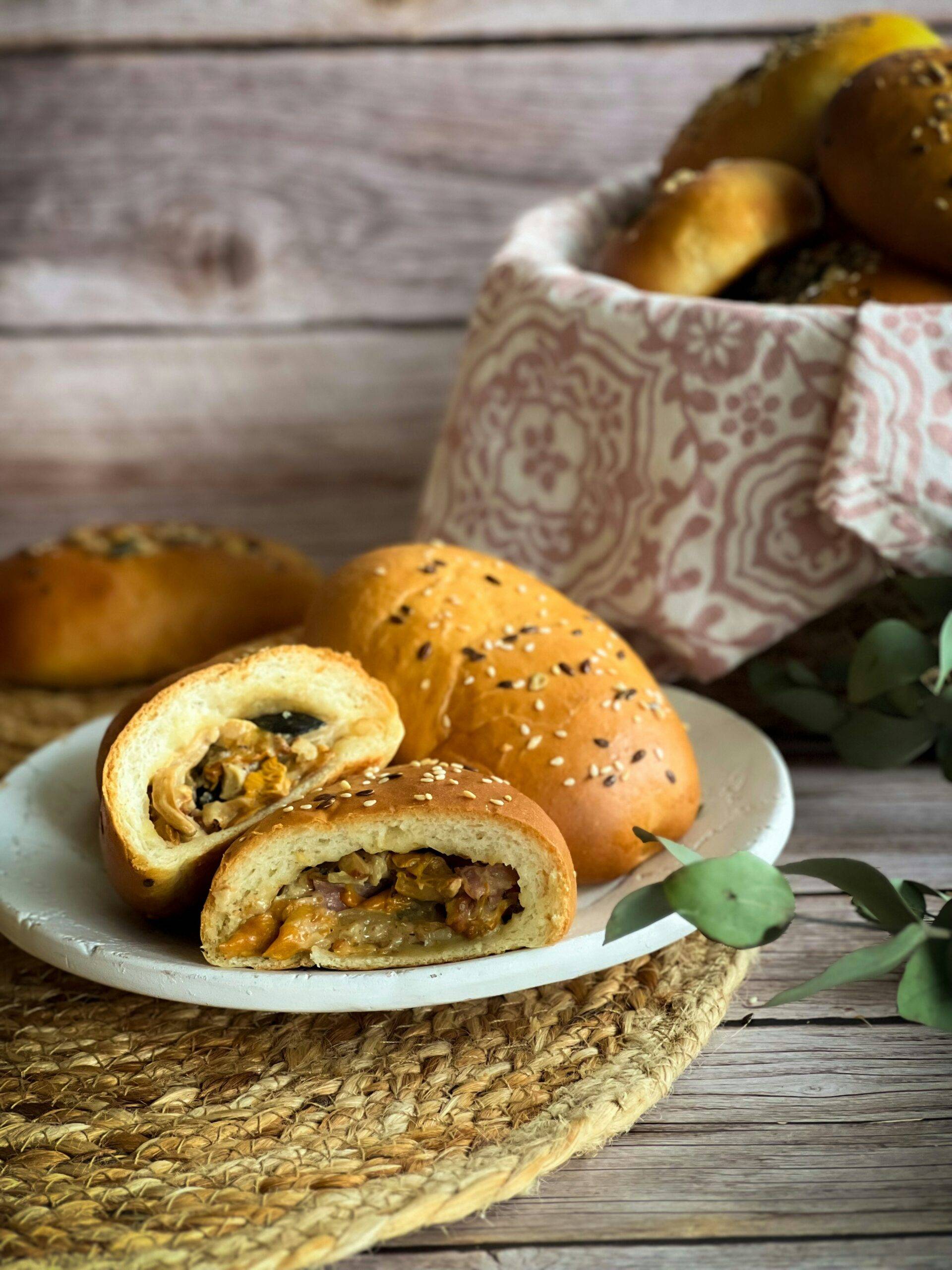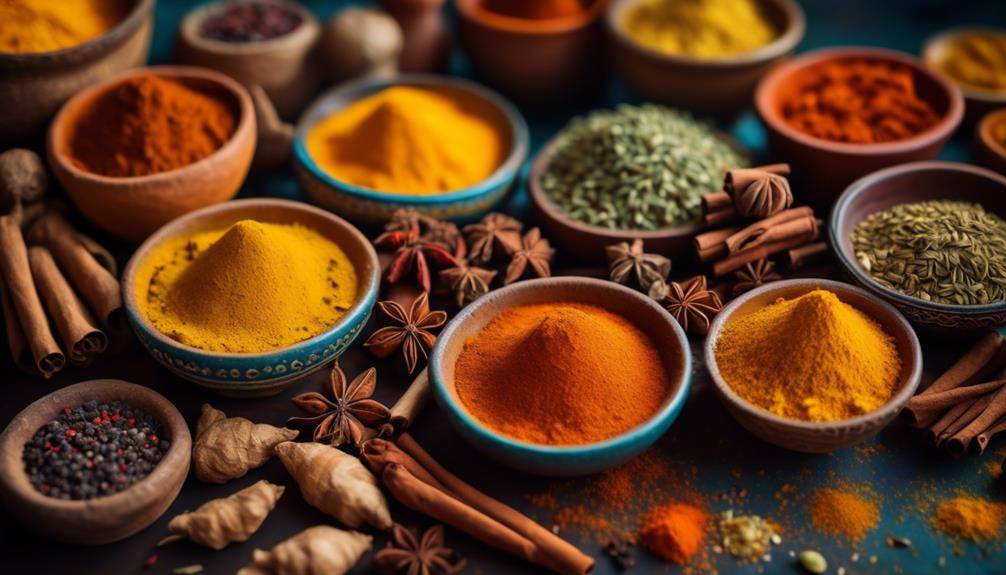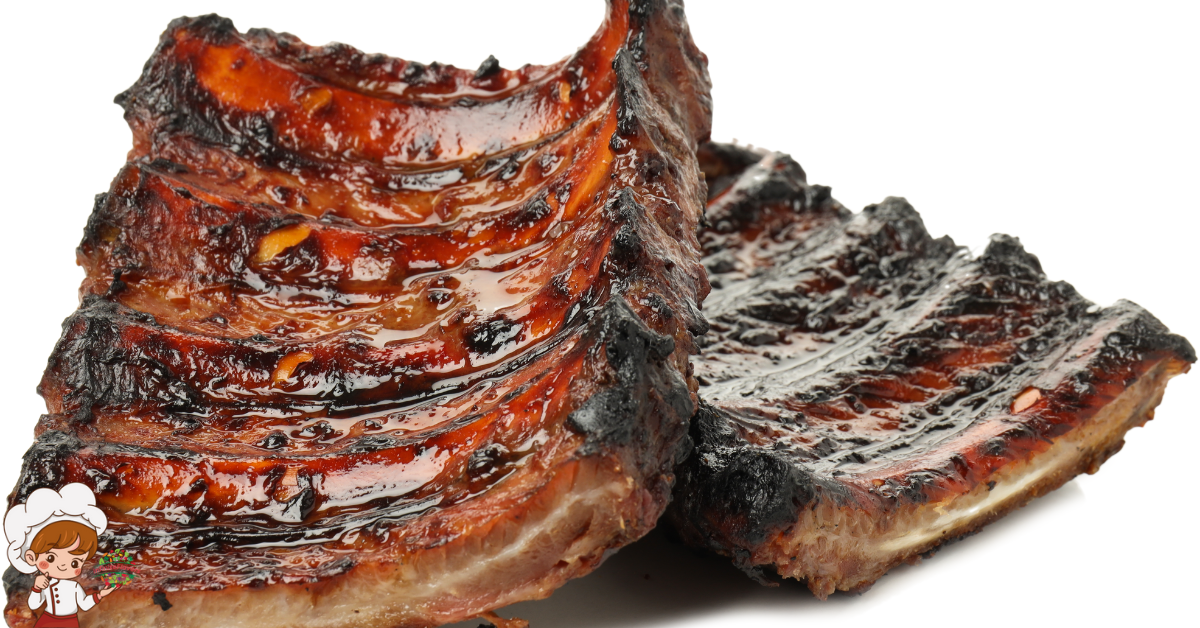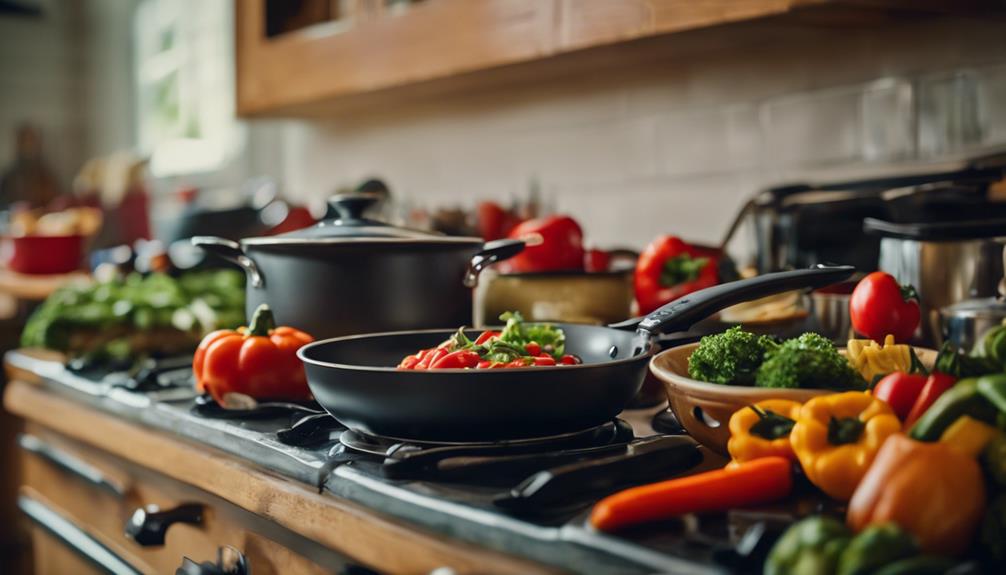Versatile Kolaches: A Journey Through Time and Taste

Versatile Kolaches; In the heart of Europe, amidst the rolling hills and quaint villages, lies a culinary gem that has captured the hearts and palates of many: the kolache. With its origins deeply rooted in Eastern European tradition, this beloved pastry has traversed continents and cultures, leaving an indelible mark on the culinary landscape. Join us on a journey through time and taste as we explore the rich history and origins of kolaches.
Origins in Central Europe: A Culinary Tapestry
The story of kolaches begins in the picturesque landscapes of Central Europe, where centuries-old culinary traditions were woven into the fabric of everyday life. While the exact origins of kolaches remain somewhat elusive, they are believed to have emerged in the regions encompassing present-day Czech Republic, Slovakia, and Poland.
Historical records suggest that the earliest iterations of kolaches date back to medieval times, with mentions of similar pastries appearing in ancient texts and manuscripts. These early versions were likely simple in form, consisting of a basic dough enriched with ingredients like flour, yeast, eggs, and butter.
As time progressed, kolaches evolved alongside the shifting tides of European history. They became an integral part of the region’s culinary repertoire, cherished for their versatility and ability to adapt to different occasions and tastes. Whether enjoyed as a festive treat during weddings and religious celebrations or as a comforting snack on a chilly afternoon, kolaches held a special place in the hearts and homes of Central European communities.
The ingredients used in traditional kolache recipes often reflected the agricultural bounty of the region. Fruit fillings made from locally grown produce such as apricots, plums, and poppy seeds were common, adding a burst of sweetness to the tender dough. In some areas, savory variations filled with ingredients like cheese, sausage, or cabbage were also popular, providing a satisfying option for those craving something heartier.
Beyond their culinary significance, kolaches played a role in social and cultural customs, serving as a symbol of hospitality and goodwill. It was customary for families to offer kolaches to guests as a gesture of welcome, a tradition that endures to this day in many parts of Central Europe.
Overall, the origins of kolaches in Central Europe are a testament to the enduring legacy of traditional baking techniques and the rich culinary heritage of the region. From their humble beginnings in rural farmhouses to their widespread popularity in modern-day bakeries, kolaches continue to delight food lovers with their timeless appeal and delicious flavors.
Evolution and Migration
As waves of migration swept across Europe in the late 19th and early 20th centuries, millions of Eastern Europeans sought new opportunities and a better life in the United States. With them, they brought their cherished culinary traditions, including the beloved kolache. As these immigrants settled in communities across America, they brought their culinary traditions with them, adapting their recipes to suit local ingredients and tastes.
Cultural Influence in America: From Old World Tradition to New World Innovation
As immigrants from Central Europe began to settle in the United States, they brought with them not only their cherished recipes but also a deep-seated culinary heritage that would leave an indelible mark on American cuisine. Among these culinary treasures were the beloved kolaches, which found a new home and a new audience eager to embrace their delightful flavors.
In the late 19th and early 20th centuries, waves of Czech, Slovak, and Polish immigrants arrived on American shores, seeking new opportunities and a fresh start in the land of promise. As they settled in communities across the country, they brought with them their culinary traditions, including the time-honored art of kolache making.
Initially, kolaches were primarily enjoyed within immigrant enclaves, where they served as a taste of home for those longing for the flavors of their homeland. However, as these communities integrated into American society, kolaches began to gain broader recognition and popularity beyond immigrant circles.
One significant factor in the spread of kolaches across America was the rise of bakeries owned and operated by Central European immigrants and their descendants. These bakeries became focal points of the community, offering not only freshly baked goods but also a sense of cultural connection and nostalgia for those craving a taste of the Old Country.
Over time, kolaches underwent a process of adaptation and innovation, reflecting the diverse culinary landscape of the United States. While traditional fruit-filled and savory varieties remained popular, American bakers began experimenting with new flavors and fillings, introducing creative twists on the classic recipe.
One notable example of this culinary fusion is the emergence of sweet kolaches filled with ingredients like cream cheese, chocolate, and various fruit preserves, catering to the American sweet tooth and reflecting the influence of other pastry traditions.
Today, kolaches are enjoyed by people of all backgrounds across the United States, from bustling urban centers to rural towns and everything in between. They have become a beloved fixture at bakeries, cafes, farmers’ markets, and even food trucks, where they continue to delight customers with their irresistible combination of tender pastry and flavorful fillings.
In this way, the cultural influence of kolaches in America serves as a testament to the enduring power of food to bridge cultural divides, foster connections, and celebrate shared traditions across generations. As Americans embrace kolaches as a beloved treat, they pay homage to the rich heritage of the immigrants who brought this culinary treasure to their shores.
Texas Kolaches: A Lone Star Tradition
In the vast expanse of the Lone Star State, kolaches found a new home and a fresh chapter in their culinary journey. Their arrival in Texas can be traced back to the late 19th century when Czech immigrants began settling in the central and southeastern regions of the state, bringing with them cherished recipes and culinary traditions.
These early settlers, primarily farmers and tradespeople seeking new opportunities, brought not only their skills and work ethic but also their love for kolaches. As they established communities in towns like West, Ennis, and Caldwell, they introduced their beloved pastries to their new surroundings.
In Texas, kolaches underwent a subtle transformation, adapting to the local tastes and ingredients available in the region. While traditional fruit-filled kolaches remained popular, Texan kolaches embraced a broader range of flavors and fillings. Savory options featuring ingredients like sausage, cheese, and jalapeños became increasingly prevalent, reflecting the state’s love for hearty and spicy foods.
One significant cultural influence on Texas kolaches came from the state’s vibrant barbecue tradition. Kolaches stuffed with smoked meats such as brisket, pulled pork, and sausage became a hit among locals and visitors alike, combining two beloved culinary traditions into one delicious package.
The popularity of kolaches in Texas continued to grow over the decades, fueled by the rise of bakeries and cafes specializing in these delectable pastries. Today, Texas kolaches are celebrated as a quintessential part of the state’s culinary landscape, enjoyed by Texans of all backgrounds and generations.
In addition to their culinary significance, Texas kolaches also serve as a reminder of the enduring legacy of Czech immigration and the cultural diversity that enriches the fabric of Texas society. They embody the spirit of hospitality and community, inviting people to gather, share stories, and savor the simple pleasures of life. Whether enjoyed as a breakfast treat, a midday snack, or a late-night indulgence, Texas kolaches continue to hold a special place in the hearts and taste buds of Texans across the state.
Midwestern Kolaches: From Farmhouses to Main Street
In the Midwest, kolaches found a home in communities with strong Czech and Slovak roots. Towns like Prague, Nebraska, and Wilber, Wisconsin, became known for their annual kolache festivals, celebrating the rich cultural heritage of these immigrant communities. In these towns, kolaches are often filled with traditional fruit fillings like poppy seed, apricot, and prune, reflecting the flavors of their European ancestors.
Modern-Day Kolaches: A Culinary Revival
In recent years, kolaches have experienced a resurgence in popularity, thanks in part to a growing interest in artisanal and heritage foods. Bakeries across the country are putting their own twist on this classic pastry, experimenting with innovative fillings and flavor combinations. From gourmet bakeries in urban centers to small-town cafes, kolaches are once again capturing the hearts and taste buds of food lovers everywhere.

Kolache
Ingredients
- 4 cups all-purpose flour
- 1/4 cup granulated sugar
- 1 teaspoon salt
- 1 package 2 1/4 teaspoons active dry yeast
- 1/2 cup unsalted butter melted
- 1 cup milk warmed to about 110°F
- 2 large eggs
- Your choice of filling: fruit preserves poppy seed filling, sweetened cream cheese, cooked sausage, etc.
- Optional: powdered sugar for dusting
Instructions
- . Activate the Yeast:
- In a small bowl, dissolve the yeast in the warm milk and let it sit for about 5 minutes until frothy.
- Prepare the Dough:
- In a large mixing bowl, combine the flour, sugar, and salt. Make a well in the center and pour in the melted butter, yeast mixture, and eggs.
- Mix until the dough comes together. If it’s too sticky, add a little more flour, a tablespoon at a time, until it’s manageable.
- Knead the dough on a lightly floured surface for about 5-7 minutes until it’s smooth and elastic.
- Let the Dough Rise:
- Place the dough in a greased bowl, cover it with a clean kitchen towel, and let it rise in a warm, draft-free place for about 1-1.5 hours or until doubled in size.
- Shape the Kolaches:
- Once the dough has risen, punch it down and divide it into equal-sized portions, depending on how large you want your kolaches.
- Roll each portion into a ball and place them on a baking sheet lined with parchment paper, leaving some space between each one.
- Flatten each ball slightly with your hand and make an indentation in the center for the filling.
- Add the Filling:
- Spoon your desired filling into the center of each dough round. You can use fruit preserves, poppy seed filling, sweetened cream cheese, cooked sausage, or any other filling of your choice.
- Let Them Rise Again:
- Cover the filled kolaches with a clean kitchen towel and let them rise for another 30-45 minutes.
- Preheat the Oven:
- While the kolaches are rising, preheat your oven to 350°F (175°C).
- Bake the Kolaches:
- Once the kolaches have risen again, bake them in the preheated oven for 12-15 minutes or until they’re golden brown.
- Serve:
- Remove the kolaches from the oven and let them cool slightly on a wire rack.
- Optionally, dust them with powdered sugar before serving.
- Enjoy your homemade kolaches warm or at room temperature!
Conclusion; Versatile Kolaches
As we look to the future, the story of kolaches serves as a reminder of the enduring power of food to connect us to our past and inspire us to create something new. Whether enjoyed as a sweet indulgence or a savory snack, kolaches continue to hold a special place in the hearts of those who appreciate good food and the rich tapestry of culinary heritage.
In conclusion, the history and origin of kolaches are a testament to the enduring legacy of Eastern European culinary traditions and the immigrant experience in America. From humble beginnings in Central Europe to cherished delicacies enjoyed across the United States, kolaches have truly earned their place in the pantheon of beloved pastries.








